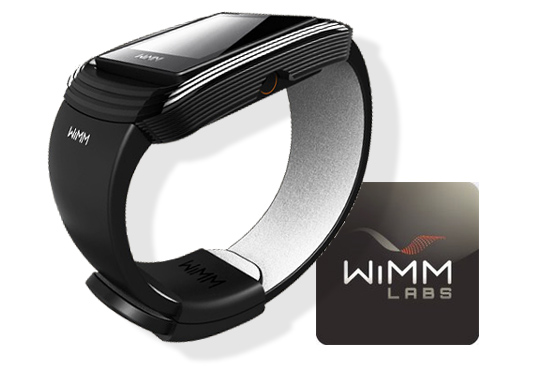Wearable computers: The next generation
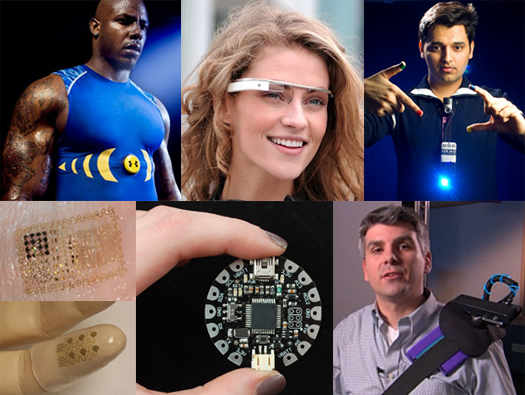 Computing devices you can wear are still in their infancy, but a host of clever new designs are in the works. Get a peek at the brave new world of wearable computers, from sensor-laden surgical gloves to workout clothes that monitor your moves.
Computing devices you can wear are still in their infancy, but a host of clever new designs are in the works. Get a peek at the brave new world of wearable computers, from sensor-laden surgical gloves to workout clothes that monitor your moves.
Think your tablet or smartphone is the utmost in personal computing? Soon you could be wearing your digital electronics — from shoes that can guide you to your destination to electronic tattoos that monitor physiological conditions.
While there are several wearable computing devices already available, they’re just the tip of the technological iceberg. Dozens of new designs are popping up that take these ideas to a new level. There’s no saying if or when the devices that follow will be developed into commercial products, but all are working prototypes that show what’s possible — and some you can make yourself today. Think of this as a virtual fashion show for the near future.
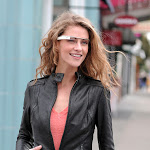 Four (or more) eyes: Lumus OE-31 and Google Project Glass
Four (or more) eyes: Lumus OE-31 and Google Project Glass
There’s a lot of action going on in augmented reality headsets these days, such as the Lumus OE-31 prototype (far left). Its chunky black frames house dual 640-x-360-pixel see-through displays with superimposed videos, email, directions and more. There could be a commercial version for around $500 next year.
But Google’s Project Glass (near left) gets the most attention, particularly after models wore prototypes at New York’s Fashion Week in September. Details are scant, but the sleek aluminum wraparound frames trade lenses for a tiny color display near the right eye. The screen overlays a digital image on top of the wearer’s field of view or pops a menu out on the side. Google hopes to release the glasses next year at $1,500.
What if you wore your computer like jewelry? Wimm Labs has put together an open-source microsystem that just might become part of your apparel.
Based on heavily modified Android software, the 1.5 x 1.5 x 0.5-in. device weighs just 0.77 oz. and can be clipped to a bag strap, put on a shirt collar or worn like a pendant. The tiny system, called the Wimm One, offers 32GB of storage space, has a 1.4-in. multitouch screen and supports Bluetooth and Wi-Fi.
Wimm hopes developers will extend both the hardware and software to create new devices and simple apps that run on them. Currently available apps focus on simple, personal tasks like getting Twitter updates and tracking how many calories you burned working out.
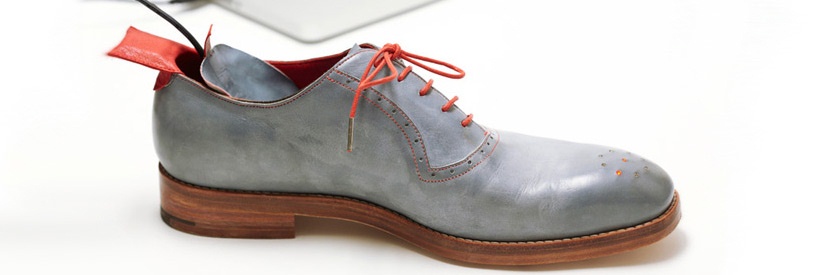 On the right path: No Place Like Home GPS shoes
On the right path: No Place Like Home GPS shoes
As soon as you see these shoes, you’ll want a pair. Designed by artist Dominic Wilcox and custom-made by Stamp Shoes, this digitally aware footwear houses a GPS chip, a pair of microcontrollers and an antenna. The left shoe points you in the right direction with a compass-like circle of LEDs on its toe, while the right shoe’s row of LEDs indicates progress to your destination.
Before setting out, you’ll need to figure out your route on a computer, transfer it to the shoe with a USB cable and then click the heels together to start the journey. Saying “There’s no place like home” is optional. These bespoke shoes cost £1,100 (about $1,750); we can only hope for a mass-produced version someday.
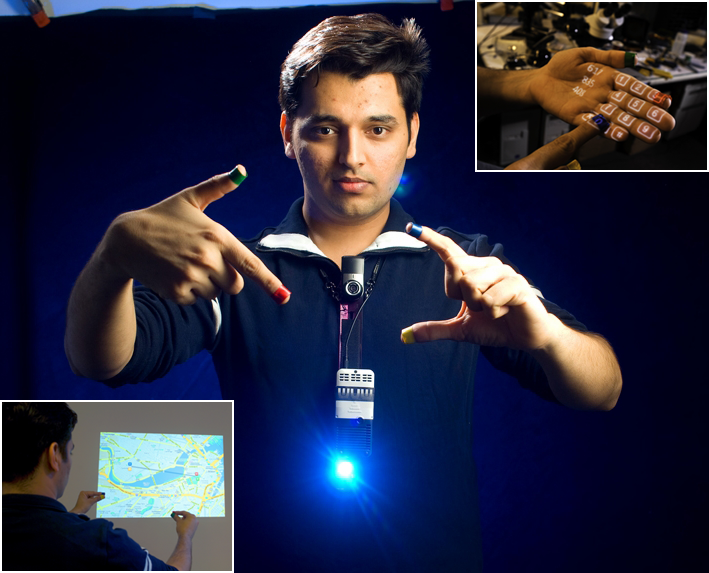 Wave your hands in the air: Sixth Sense
Wave your hands in the air: Sixth Sense
Developed at the MIT Media Lab, Pranav Mistry’s Sixth Sense system can augment our five natural senses with a digital one. Worn around the neck like a very large pendant, Sixth Sense includes a tiny projector and mirror that can shine an image onto just about any surface, as well as a camera that reads your hand gestures.
You’ll have to wear color-coded finger bands so that the camera can make out what you want, but this nano-computer is perfect for interacting with a projected map, flicking through projected photos or dialing a phone number on a projected keypad (see video). While you can’t buy Sixth Sense yet, Mistry says that you can build one for about $350 in parts.
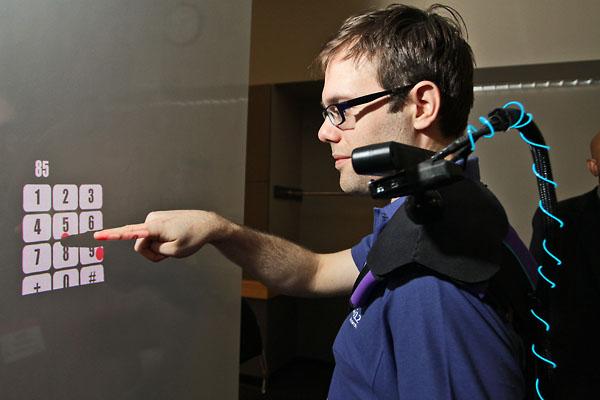 A touch screen anywhere: Wearable Multitouch Projector
A touch screen anywhere: Wearable Multitouch Projector
You run the risk of looking like the Borg from Star Trek, but wearing Hrvoje Benko’s shoulder-mounted Wearable Multitouch Projector lets you make your own touch interface on any surface. Created at Microsoft’s corporate research lab, Benko’s machinery uses the company’s motion-sensing Kinect hardware and a micro-projector to create a virtual zone of interactivity.
You control the projected images using familiar gestures such as tapping, pinching and zooming to do anything from making a phone call to getting directions from mapping software. The good news is that Benko thinks the ungainly rig can be miniaturized to something that’s smaller, lighter and less reminiscent of an alien invader.
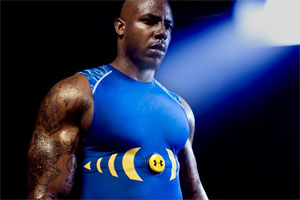 Good sports: Workout clothes with BioModule sensor
Good sports: Workout clothes with BioModule sensor
Today, sensors that measure a person’s physiological conditions are typically adhered to the skin or strapped to the body in a setup like Zephyr Technology’s BioHarness. But soon they’ll be incorporated into athletes’ workout wear. Zephyr’s BioModule circular chest sensor weighs less than an ounce and snaps into a compression shirt like Under Armour’s E39 (coming in 2013), which was demonstrated at last year’s NFL Scouting Combine.
The 1-in. disk measures heart and breathing rates as well as skin temperature, while an accelerometer monitors the player’s movements and speed. It transmits its data as far as 1,000 feet to a PC running Zephyr’s Windows-based OmniSense software, which can track up to 50 athletes simultaneously.
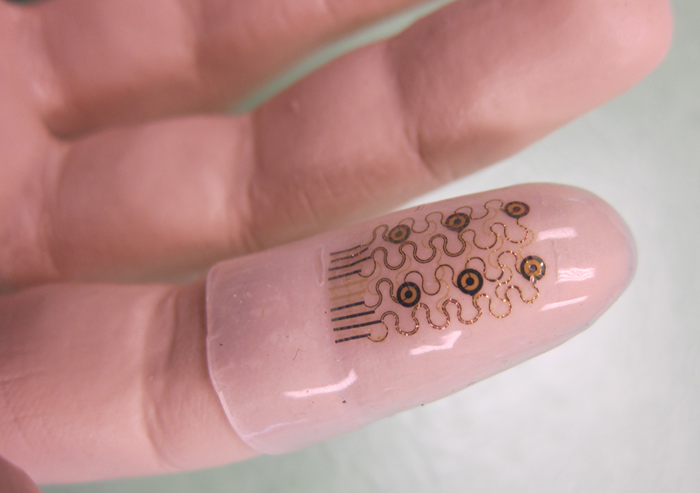 Extra sensory perception: Sensor-laden fingertip tubes
Extra sensory perception: Sensor-laden fingertip tubes
We spend a lot of time touching keyboards, mice and screens, but John Rogers of the University of Illinois at Urbana-Champaign wants to bring the interface directly to the finger. That’s the idea behind his prototype finger tube (PDF). Micro-thin sensors on the surface detect things like acidity, and layers of gold circuitry melded into its thin silicone material process the data.
When it finds what it’s looking for, the circuit transmits a small electrical signal that feels like a tingle to the wearer’s skin. Rogers is working on integrating the finger-tingler into surgical gloves that, with the help of an MRI or X-ray image, could guide a surgeon to a hidden tumor or injury.
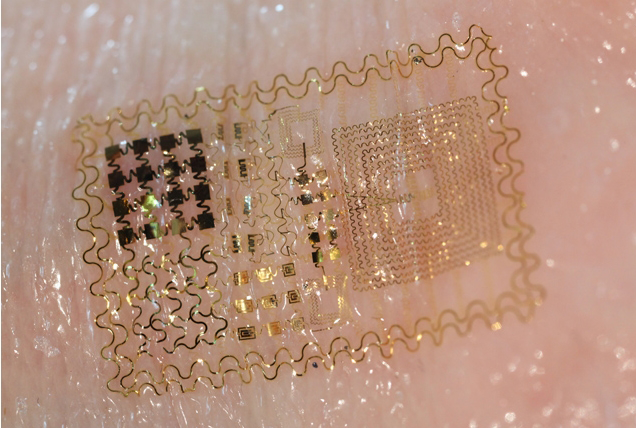 Tattoo you: Epidermal electronics
Tattoo you: Epidermal electronics
Temporary tattoos may be all the rage, but Todd Coleman of the University of California at San Diego has created functional tattoos. Called epidermal electronics, these ultra-thin electronic patches bend and stretch with the skin while sensing a patient’s skin temperature, brain waves or heartbeat patterns and transmitting the data wirelessly to a hospital computer. A grant from the Bill and Melinda Gates Foundation is allowing Coleman to complete a fetal monitor patch that sits on a pregnant mother’s belly and monitors the baby’s heart rate, oxygen level and other vital stats.
Nokia could take this idea in another direction with its recent patent filing for an e-tattoo that would silently alert you to an incoming call or text with a vibration.
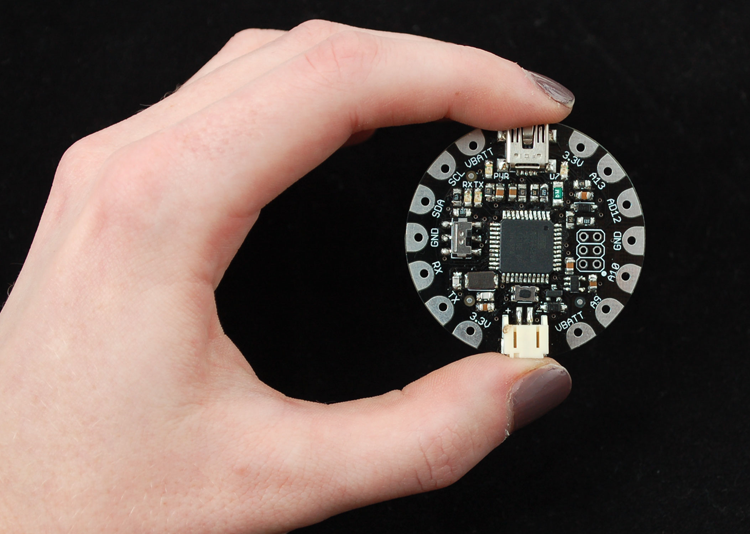 Light up my life: Flora kit
Light up my life: Flora kit
Digital DIYers take note: Adafruit’s Flora kit computer can open new horizons for innovators. Only 1.75 in. across and weighing less than 0.2 oz., the circular circuit board has a 16MHz Atmel ATmega32U4 processor and 2.5KB of memory. Currently in beta, Flora uses open-source code that is loaded via a USB connector; it works with Macs, Windows PCs and Linux systems.
Flora can control hundreds of LEDs sewn into clothing for a fashion-forward look. With GPS, an accelerometer and a digital compass, it can react to where you are and what you’re doing. To make an impact at a party, for instance, program Flora to light up your shirt when you enter the room. (More ideas in the included tutorials and projects.)
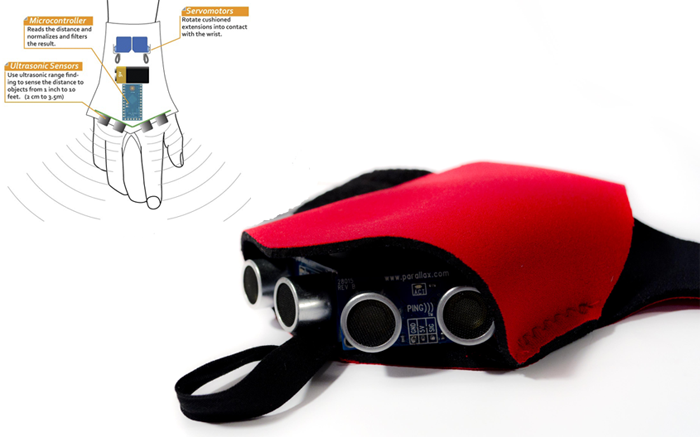 Second sight: The Tacit Project glove
Second sight: The Tacit Project glove
A serial inventor, Steve Hoefer is working on helping the blind see with sound. His Tacit Project is a fingerless neoprene glove that uses sonar and haptics to help the wearer avoid physical obstacles. It can sense objects up to 10 feet away with an array of transceivers that measure the time gap between sending out ultrasonic pulses and receiving their reflection.
The 3 oz. glove translates the data into a virtual map of what lies ahead, applying gentle pressure on the wrist to alert the wearer that something’s ahead. You can’t buy it, but you can build one yourself for roughly $90 in parts.
Microsoft MCTS Certification, MCITP Certification and over 3000+
Exams with Life Time Access Membership at https://www.actualkey.com
